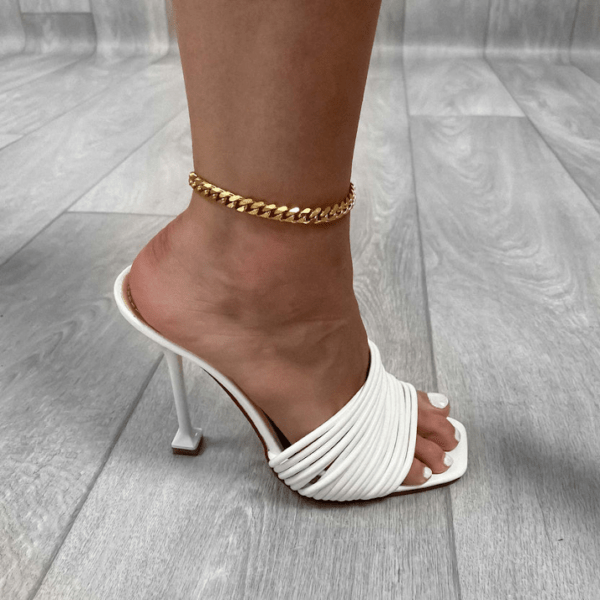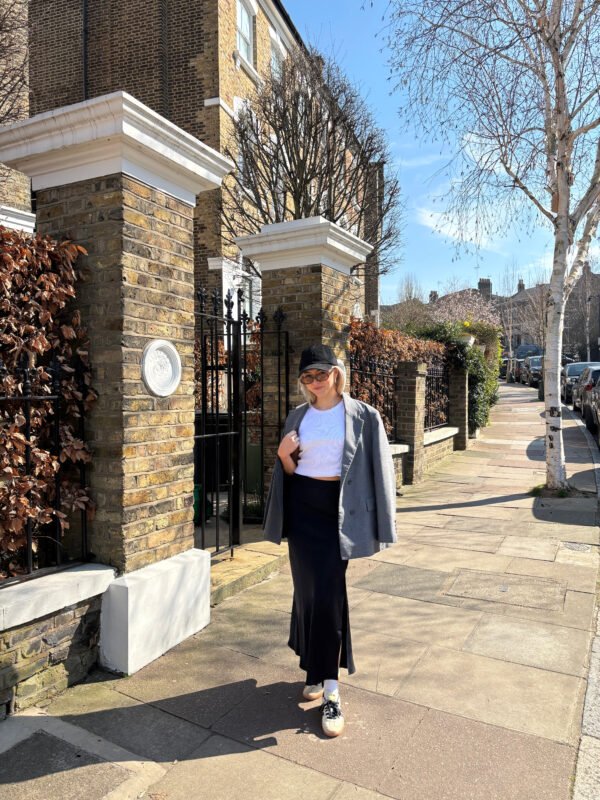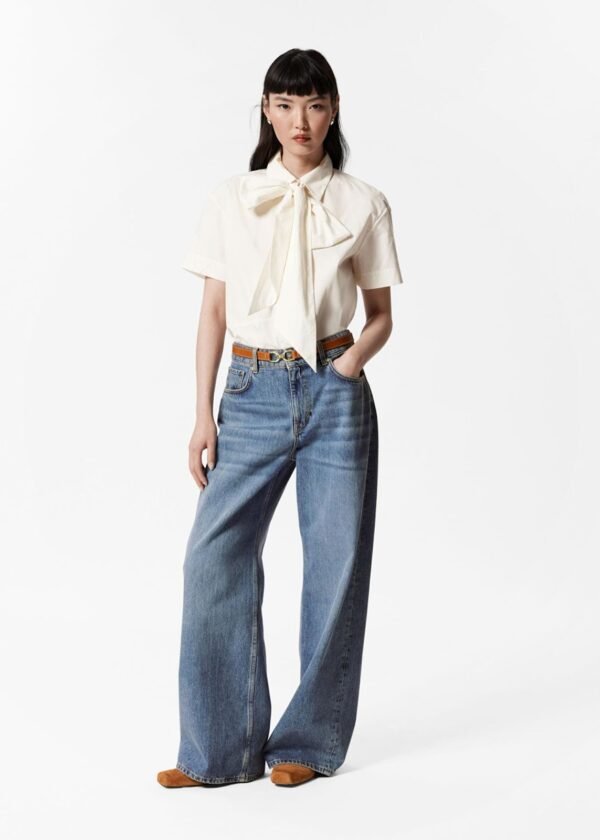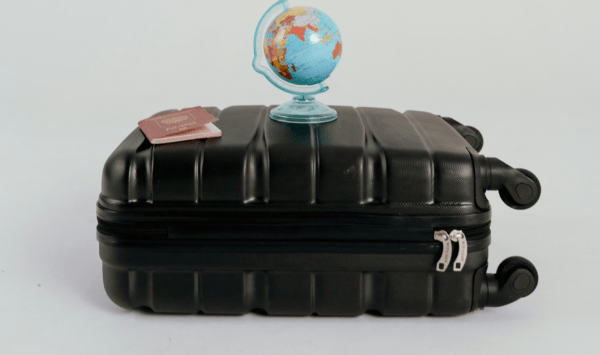
Are You Dressing Appropriately for Your Place of Work?
Are you dressing appropriately for your place of work?
On receiving an invite to a party your eyes immediately skim the page looking for the one piece of information that matters. Glossing over the time, date and venue for the moment, it’s the dress code you’re most interested in. Whether it says black tie, smart-casual, or dress up as your favourite pop star from the 1980s you wouldn’t dare turn up at the event in anything but. Why then are we turning up to work in unsuitable and inappropriate attire?
A recent survey by Simon Jersey, the UK’s leading workplace uniform provider, has found that 37% of managers admit to overlooking an employee for a pay rise or promotion because they were dressed inappropriately for the job. Likewise more than six in ten employees believe the way they dress or look may have had a negative effect on their career progression.
Let’s go back to that party analogy for a moment. You might pull off Madonna’s iconic cone bra look like no other, but you wouldn’t wear it to the party that’s specified a black tie dress code. Often, it’s not that the clothes themselves are inappropriate, it’s that the message they’re sending is incongruous with that particular company’s culture.
‘What to wear to work can be a controversial and confusing subject – the type of job you do, and the industry you work in, can make a massive difference to what is and isn’t deemed appropriate’, a spokesman for Simon Jersey told us. ‘As if what to wear isn’t confusing enough, while tattoos, bright hair colours and even flashing your skin might be fine in one job, you could wear the same look to another role and get a completely different reaction.’
There has been a shift towards a more relaxed working wardrobe in recent years, with six in ten now feeling that tattoos are more acceptable than ever. However, there are some items that are still widely considered inappropriate. Crop tops top the list, whilst gigantic sweaters (like that old college sweatshirt), shorts, baseball caps, flip flops and backless tops follow closely behind.
The survey revealed that while 42% of bosses simply have a quiet word with someone they think needs to improve their appearance, one in five has had a formal conversation or warned them about it. One in 50 has even fired someone over the way they dress.
To avoid feeling the wrath of your manager, our advice is to pay particularly close attention to what your boss wears. By being responsive to the style in your office you’re showing you care about what the company is trying to tell the rest of the world. That might mean tailored trousers and blazers, it might mean jeans on casual Friday, and it might even mean a cone bra – the point is that your wardrobe needs to be appropriate for your particular line of work.














































